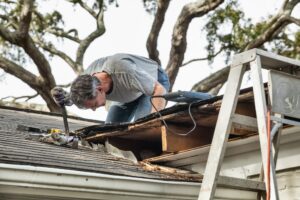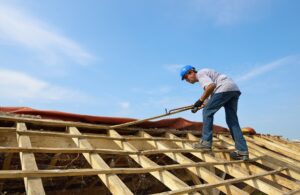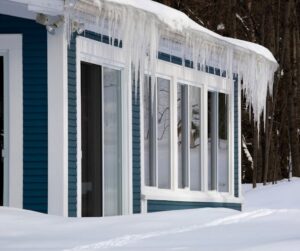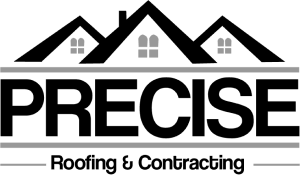A visit to the attic can tell you a lot about your roof. You can learn useful information this way since the attic is the closest part of your house to the roof. If you can get to the attic safely, look around and examine the materials to assess your roof’s condition. Below are the specific things to look for, plus what they mean to your roof.
Dampness
Moisture in the attic can mean two things. Either the roof is leaking and admiring water into the attic, or the attic is experiencing condensation problems. Leaks occur due to roof damage, while condensation occurs due to excess moisture, poor ventilation, or a combination of the two.
Both condensation and roof leaks are bad for your home. The two can damage roof structures or insulation, affect heating and cooling efficiency, or encourage mold growth.
Staining
Staining in the attic can also point to leaks or condensation. The staining is usually a sign of:
- Corrosion if it occurs on metallic parts of the roofs
- Rot if it affects wood
- Mold or mildew if it’s on wood or other organic materials in the attic
Staining usually means that the moisture problem has been there for some time since the damage takes time to occur.
Rays of Sunlight
Sunlight streaming into the attic is never a good sign. Sunlight in the attic means the roof has an opening, such as a crack or a hole. Such roof openings can:
- Allow water to pass through the roof and into the house
- Allow cool or heated air to escape the house and trigger heating or cooling inefficiency
- Allow embers of fire (for example, during a nearby wildfire outbreak) to get into the house
- Allow pollutants, such as pollen, to get into the house and lower your indoor air quality
Seal such openings as soon as possible.
Inadequate Insulation
You should also be concerned if the insulation is too thin. Either the insulation looks thin due to compression, or it was never enough from the beginning. Insulation compression occurs if the insulation material absorbs a lot of moisture, so it might indicate roof leakage.
You might be dealing with inadequate insulation if:
- The house is old
- You don’t know whether a professional installed the insulation
- You have never inspected the insulation
Whatever the reason for the insulation problem, it is bad for your house’s energy efficiency and comfort. Inadequate insulation can also lead to extreme heating of roofing materials, which accelerates the materials’ deterioration.
High Temperatures and Stuffiness
The air in the attic is unusually different from that in the rest of the house. However, something is wrong if the attic is extremely hot or stuffy. Such a condition might mean that something has blocked the vents or the ventilation system is inadequate. In either case, accelerated roof damage, moisture damage, and accelerated roof damage might occur if you don’t address the situation.
Vent Blockage
You may be able to see the actual vents while in the attic, and they should be clear. Some of the vents you may notice include:
- Vents on the lower parts that admit fresh air
- Vents on the upper parts of the attic that release hot air and moisture
- Vents from the bathrooms that allow bathroom moisture to escape out of the house
All of the vents should terminate out of the house. Vents that terminate inside the attic clog the space with moisture and hot air, accelerating the deterioration of roofing materials.
Contact Precise Roofing and Contracting if you suspect that something is wrong with your roof. We will inspect the roof to professionally diagnose and fix the problem.





